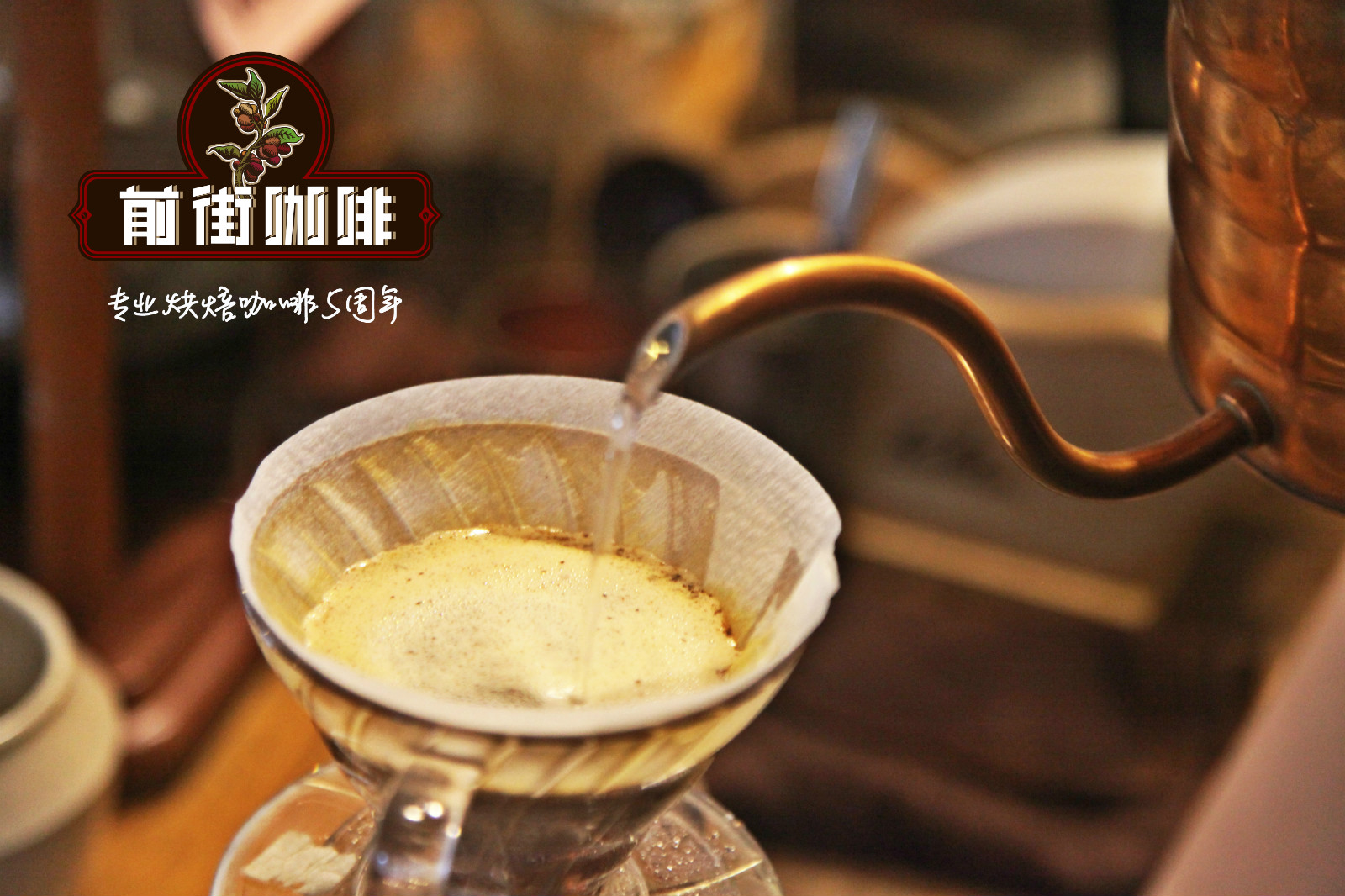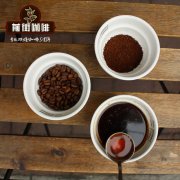Sidamo producing area of Ethiopia | Bansa Cooperative Red Cherry Plan to mix local native species in the sun

Professional coffee knowledge exchange more coffee bean information please follow the coffee workshop (Wechat official account cafe_style)
The Sidamo region of Ethiopia | the Bansha Cooperative Red Cherry Plan Sun mixed with the flavor of local native species?
The coffee flavor of Sidamo is very diverse, and the different soil types, microclimate and countless native coffee species make the coffee produced in each town have obvious differences and characteristics. In 2010-12, it won three consecutive super-high evaluations of the high scores of coffee review 92 to 94, which shows the extraordinary value of raw beans in this area! The territory is covered by towering mountains, highlands, plateaus, valleys and plains, with diverse topography. The geology of the area is a fertile and well-drained volcanic soil with a depth of nearly two meters and a dark brown or brown surface soil. The biggest advantage of the place is that the soil fertility is maintained through the circulation of natural organic matter, using the withered leaves or litter of the surrounding trees and the residual roots of plants as natural fertilizer.
Producing area Xidamo
Producers and local small farmers
Hierarchical Grade 3
Treatment of sun exposure
Varieties mixed with native species (Heirloom)
Sea pull 1850 to 2100 meters
In 2007, Trabocca Dutch traders launched the Red Cherry Project, which is purely designed to encourage coffee farmers to produce the best quality coffee in water washing, half-washing, sun-drying and half-sun treatments, and to reward and reward these farmers for their efforts. Before the production season, Trabocca will invite selected farmers or producers to participate in the project to produce micro-batches of coffee and carefully pick 100% ripe red coffee cherries (hence the name Red Cherry Project) by hand. Trabocca provides financial support, new hardware equipment and production processing knowledge and technology to assist farmers, promising that as long as the quality of the actual output meets the cup test standards in the Amsterdama Cup testing rooms of Ethiopia and the Netherlands. Will be given a good price to buy. The passing standard set by the Trabocca is 88.
The coffee beans of the red cherry project are packed in plastic inner bags (GrainPro bags or vacuum box) immediately after the processing of the origin is completed, and then shipped to Djibouti for shipping. Strive for perfect quality through immediate monitoring, safe transportation and timely and appropriate handling. And because this red cherry project can buy high-quality coffee beans, improve the quality of Ethiopian coffee, have better prices, and Trabocca can return profits to farmers, it can continue to improve and improve the quality. The Trabocca office of Like Water treatment Plant in Amsterdam receives hundreds of samples every year during a blind coffee test in December 2013.
Trabocca found that this water-washed Yega Chuefei from the Rico treatment plant has unique aromas of peach, mango and drupe. Like is a washing plant opened in 2011 in Kochere, the Yega Sheffield region, at an altitude of about 1850-2100m. During the production season from the end of October to the middle of January, about 850 coffee farmers hand over their coffee to Rico for processing. The treatment process first uses the water from the river near the Li Ke treatment plant for cleaning, and uses the old-fashioned Aegrd machine to remove the pericarp, and the pectin part is removed by traditional fermentation. depending on the climate, it takes about 36-48 hours, and finally the coffee beans will be placed on the bedstead to dry for 10-12 days, resulting in an elegant, exquisite and sunny Yega Xuefei.
Flavor description: pineapple, mango, peach tone, tropical fruit, raisin aroma, honey sweetness, thick taste
Qianjie recommended cooking:
Filter cup: Hario V60
Water temperature: 90 degrees
Degree of grinding: small Fuji 3.5
Cooking methods: the ratio of water to powder is 1:15, 15g powder, the first injection of 25g water, 25 s steaming, the second injection to 120g water cut off, waiting for the powder bed water to half and then water injection, slow water injection until 225g water, extraction time about 2:00
Analysis: using three-stage brewing to clarify the flavor of the front, middle and back of the coffee. Because V60 has many ribs and the drainage speed is fast, it can prolong the extraction time when the water is cut off.
Important Notice :
前街咖啡 FrontStreet Coffee has moved to new addredd:
FrontStreet Coffee Address: 315,Donghua East Road,GuangZhou
Tel:020 38364473
- Prev

Antigua Santa Clara SHB coffee beans how to make _ Santa Clara Manor Coffee varieties
Professional coffee knowledge exchange more coffee bean information please follow the coffee workshop (Wechat official account cafe_style) Guatemala. Antigua. Santa Clara Manor Guatemala Antigua Santa Clara SHB □ production area: Antigua □ producer: Santa Clara Manor □ altitude: 16001830m □ varieties: bourbon □ treatment: washing □ Grade: SHB □ Flavor
- Next

Guatemala Antigua small flower god coffee hand brewing parameters suggested _ Antigua small flower god coffee beans are delicious
Professional coffee knowledge exchange more coffee bean information please follow the coffee workshop (Wechat official account cafe_style) Guatemala Antigua Guatemala Antigua Flower God (Guatemala La Minita La Folie) production area: Antigua (Antigua) Fire Mountain Manor: la Minita (La Minita) Export: la Minita (La Minita) Group
Related
- Detailed explanation of Jadeite planting Land in Panamanian Jadeite Manor introduction to the grading system of Jadeite competitive bidding, Red bid, Green bid and Rose Summer
- Story of Coffee planting in Brenka region of Costa Rica Stonehenge Manor anaerobic heavy honey treatment of flavor mouth
- What's on the barrel of Blue Mountain Coffee beans?
- Can American coffee also pull flowers? How to use hot American style to pull out a good-looking pattern?
- Can you make a cold extract with coffee beans? What is the right proportion for cold-extracted coffee formula?
- Indonesian PWN Gold Mandrine Coffee Origin Features Flavor How to Chong? Mandolin coffee is American.
- A brief introduction to the flavor characteristics of Brazilian yellow bourbon coffee beans
- What is the effect of different water quality on the flavor of cold-extracted coffee? What kind of water is best for brewing coffee?
- Why do you think of Rose Summer whenever you mention Panamanian coffee?
- Introduction to the characteristics of authentic blue mountain coffee bean producing areas? What is the CIB Coffee Authority in Jamaica?

